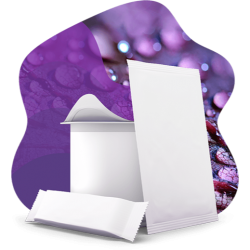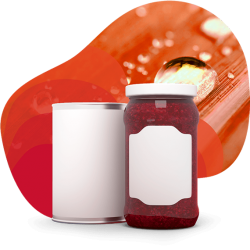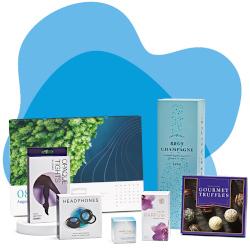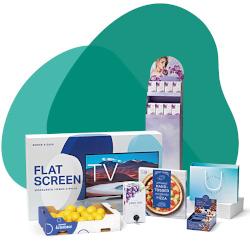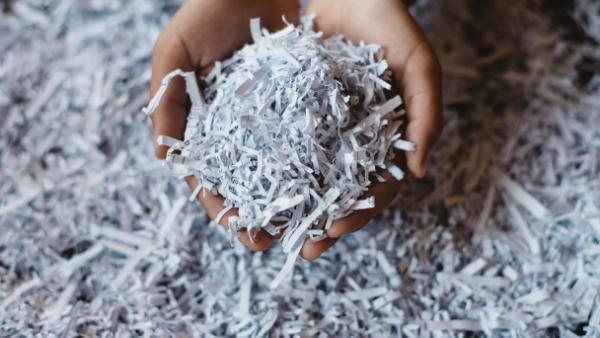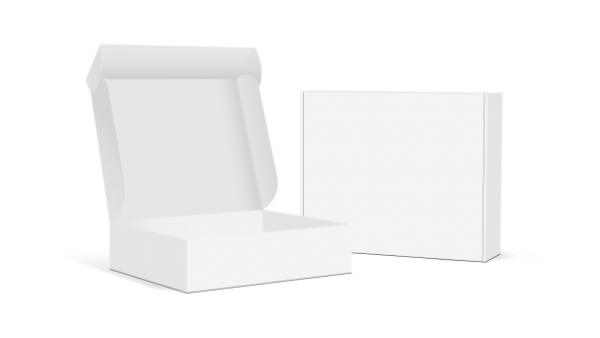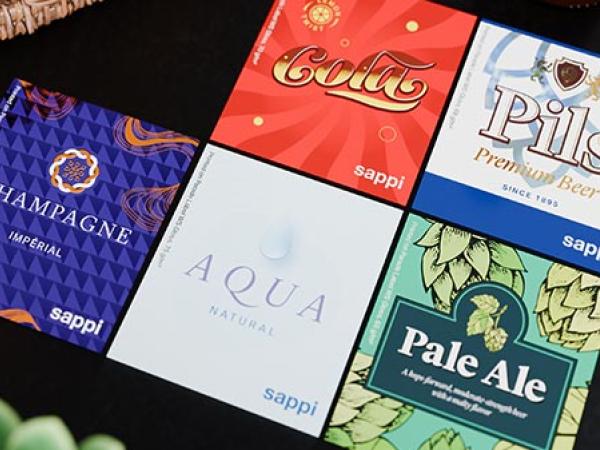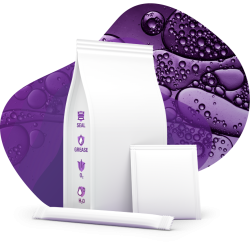
Virgin fibre vs recycled fibre – what does it come down to?
Virgin fibres and recycled fibres each have their place in packaging – however, there would be no recycling without virgin fibres. But what role do hybrid products play? And what is important in terms of product safety, functionality and productivity in the process?
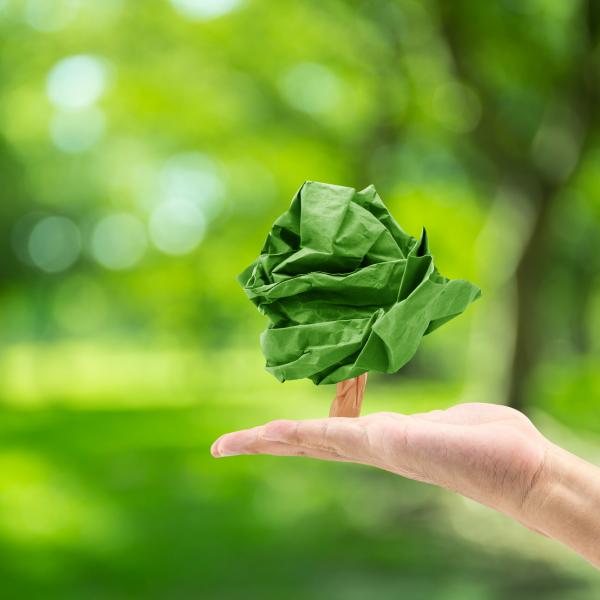
There are currently three categories of products on the market: genuine virgin fibre products, recycled fibre products, and hybrid products containing both virgin and added recycled fibre content. To produce recycled fibre products, virgin fibres are needed in the first place which means that, in fact, the two products complement each other.
Are hybrid products just for show?
However, hybrid products are primarily produced with the goal of being able to market them more effectively. Since the addition of a small amount of recycled fibres weakens a product made of virgin fibres, this usually means that the material weight also needs to be increased. Hybrid products therefore have a negative impact on initiatives such as reducing packaging weight.
Market players have to decide whether virgin or recycled fibre products are better suited to their needs. In particularly sensitive industries such as the food, tobacco and pharmaceutical industries, product safety is also very important.
Focus on product safety
When it comes to product safety, virgin fibre products have the benefit of a secure starting point, as in the case of recycled fibres, there is always some uncertainty about their origin. In particular, in relation to the types of inks, chemicals and substances with which the fibre may have come into contact during its former lifecycle. Recycled pulp processing technologies, along with test methods and legislation, are constantly being revised, but one constant remains in that virgin fibre products offer a safer starting point.
Packaging functionality
In addition to product safety, sensitive industries must also consider the influence of the packaging material on the contents, especially in terms of taste and odour, when making their selection. All packaging materials have a certain impact. It is vital that this remains as consistent as possible. This is an aspect that is a lot easier to manage with a virgin fibre product. Furthermore, the functionality of the packaging is also influenced by the strength and durability of the fibre type in the packaging material.
Productivity in the printing and packaging line
Each time a fibre goes through a recycling process, it is weakened. There is a wide range of packaging applications where paper and cardboard with recycled content can be used successfully. However, in the case of packaging with higher demands, recycled products can reach their limits. Virgin fibres have clear advantages, especially in terms of feel, appearance and functionality.
Simply strong – surfaces qualities of virgin fibre products
Surface qualities are vital for ensuring optimum print results in gravure printing. Here, virgin fibre products clearly come out on top over recycled fibres. Another advantage of virgin fibres is their rigidity and strength. This could be compensated through stronger recycled material, but this comes with higher weight.
